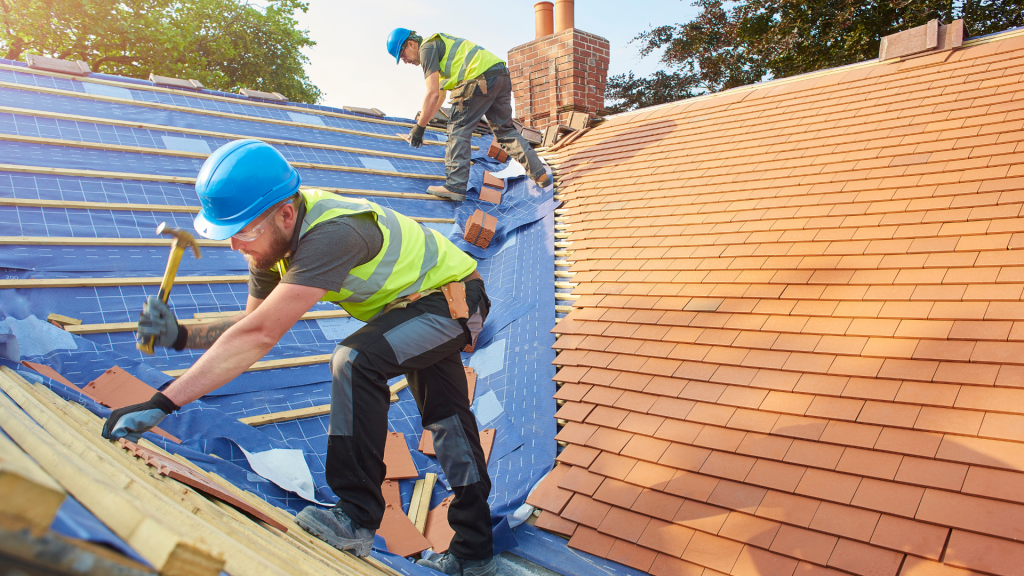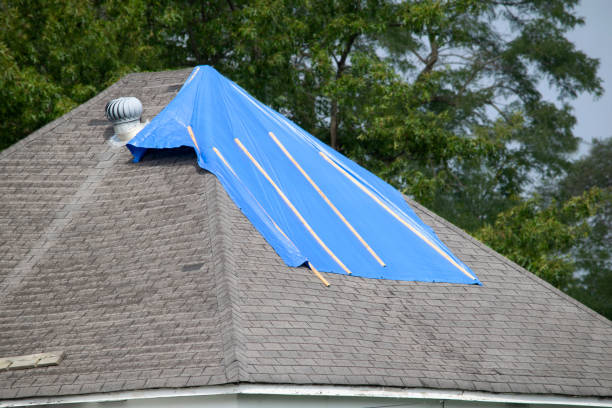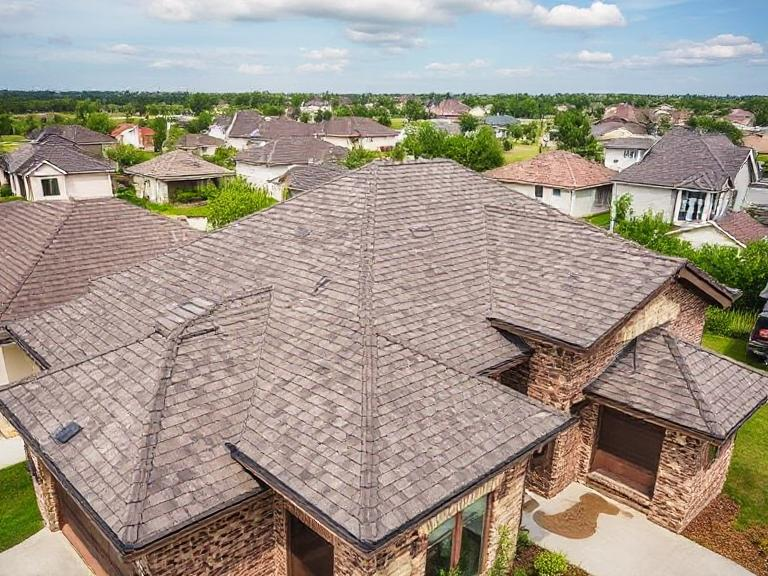
Are Leaking Roofs Covered by Homeowners Insurance Policies?
Introduction
Homeownership can often feel like a double-edged sword. While it brings the joy of having your own space, it also comes with the weight of maintenance and repairs. One of the most distressing issues a homeowner can face is a leaking roof. Not only does it pose a risk to the structure of the home, but it can also lead to significant water damage, mold growth, and costly repairs. As if that wasn’t enough to worry about, you might find yourself asking: Are leaking roofs covered by homeowners insurance policies? This question is crucial for any homeowner facing potential roof issues.

Understanding how your homeowners insurance policy works when it comes to roof leaks can save you time, money, and stress down the line. In this article, we will delve into the intricacies of homeowners insurance as it pertains to leaking roofs. We’ll explore various factors affecting coverage, common exclusions, and steps you should take if your roof starts leaking.
What Is Homeowners Insurance?
Defining Homeowners Insurance
Homeowners insurance is a type of property insurance that provides financial protection against various damages to your home and personal belongings. It typically covers risks such as fire, theft, vandalism, and certain types of water damage.
Types of Coverage in Homeowners Insurance
Are Leaking Roofs Covered by Homeowners Insurance Policies?
General Guidelines on Roof Leak Coverage
Most homeowners insurance policies offer some level of coverage for roof leaks; however, this coverage varies widely between different insurers and specific policy agreements. Typically, if a roof leak results from sudden or accidental damage—like storm damage—there's a good chance it's covered.
Factors That Influence Coverage Decisions
- Cause of Damage: Was the leak caused by an unexpected storm or regular wear and tear?
- Type of Policy: Different policies may have different terms regarding what constitutes covered damage.
- Maintenance Records: Insurers may scrutinize whether homeowners have adequately maintained their roofs over time.
Common Causes of Roof Leaks
Storm Damage and Its Impact on Roofs
Storms can wreak havoc on homes and roofs alike. High winds may lift shingles or cause trees to fall onto homes, leading to significant roof storm damage.
Wear and Tear Over Time
Over time, even the sturdiest roofs can succumb to wear and tear due to age or lack of maintenance.
Understanding Exclusions in Your Policy
Typical Exclusions Related to Roof Leaks
Homeowners should be aware that not all types of water damage are covered under typical policies:
Importance of Reading Your Policy Thoroughly
Understanding your specific policy details is crucial when assessing potential claims related to roofing issues.
Steps To Take When You Discover a Leak
Immediate Actions Required for Leaking Roofs
Finding Emergency Tarping Services Near You
If you're in need, search terms like "emergency tarping near me" will yield local services that can help protect your home from further damage until repairs are made.
How Storm Damage Affects Claims
Filing Claims After Storm Damage Roof Repair
When filing claims related to storm damage roof repair:
- Keep all receipts.
- Document all communications with your insurer.
- Be prepared for possible inspections from the insurance company.
Assessing Damage with Professional Help
Choosing the Right Roofing Company
Selecting a reliable roofing company ensures professional assessments and repairs are carried out effectively. Look for companies with positive reviews and good standing in your community.
The Role of Roofing Contractors in Damage Assessment
Roofing contractors play an essential role in evaluating roof conditions post-damage and advising on necessary repairs or replacements.

Emergency Repairs vs Regular Repairs
When Emergency Roof Repair Is Necessary
In some scenarios—especially following severe storm incidents—you may need emergency roof repair services promptly to mitigate further water intrusion.
Finding Emergency Roof Repair Near Me
Look up "emergency roof repair near me" for local contractors who specialize in urgent repairs after extreme weather events.
The Claims Process Explained
Initiating Your Claim
Start by contacting your insurer as soon as possible after discovering damage; they’ll guide you through their specific claims process tailored towards roofing issues related to leaks or storm-related damages.
What Information You'll Need
Prepare documentation such as:

- Photos before and after
- Any inspection reports
- Receipts for temporary fixes (like tarping)
Understanding Deductibles & Payouts
How Deductibles Affect Your Claim
Many homeowners' policies include deductibles that must be met before payouts begin; understand how this impacts what you’ll receive after claims approval.
Estimated Payouts Based on Severity
Insurance companies will assess damages based on severity—more significant damages could lead to higher payouts depending on policy limits set forth initially at signing time!
Long-Term Repairs vs Replacement Options
Evaluating Whether Repair or Replacement Is Best for You
If extensive storm damage occurs requiring more than just minor fixes—a full replacement might make sense depending on age/condition prior!
Table Comparing Repair vs Replacement Costs
| Aspect | Repair Cost | Replacement Cost | |---------------------|--------------------|---------------------| | Short-term Fix | $500 - $1500 | $10,000 - $30,000 | | Long-term Solution | Minimal | Comprehensive | | Lifespan Extension | Limited | New Warranty |
Preventative Maintenance Tips For Your Roof
Regular Inspections Can Save You Money Over Time!
Annual inspections help identify issues before they escalate into major problems!
Keeping Gutters Clean & Clear Matters Too!
Clogged gutters lead directly toward pooling water which causes leaks—regular cleaning prevents this!
Frequently Asked Questions (FAQs) About Roof Leaks & Insurance Policies
Are all types of water leaks covered under homeowners insurance? No; typically only sudden damages caused by storms are covered—not gradual wear or neglect-related leaks.
What should I do first if I notice my roof is leaking? Document everything immediately! Take photos & contact both a roofing contractor & your insurer without delay!
Will my insurance cover mold remediation resulting from a leak? Coverage varies widely based upon individual policy stipulations; consult with your provider directly regarding specifics around mold damage claims!
If I tarp my roof temporarily after noticing a leak will that affect my claim? No; temporary measures taken proactively demonstrate responsible ownership which could favorably influence future claim evaluations!
How quickly should I expect payment once approved? This varies greatly among insurers—but generally speaking expect anywhere between two weeks up until several months depending upon complexity involved!
Is there anything else I need besides photographs when filing my claim? Yes! Besides photographic evidence ensure you’ve gathered relevant documents including prior maintenance records alongside any contractor assessments performed during inspections!
Conclusion
Navigating through homeowners insurance when it comes to roofing issues can undoubtedly feel daunting at times—but understanding core principles goes far beyond mere comprehension alone! By knowing what’s typically covered under standard policies concerning leaks alongside how best approach emergencies—you position yourself well ahead towards taking control over these situations whenever they arise!
Whether dealing with storm-induced damages needing immediate attention via professionals experienced within fields such as emergency tarping services nearby—or simply staying informed about ongoing maintenance needs—all contribute towards protecting one’s investment long-term too! So remember next time someone asks “Are leaking roofs covered by homeowners insurance policies?”—you’ll have plenty insightful information ready at hand explaining nuances involved therein clearly articulating pathways taken toward resolution effectively!